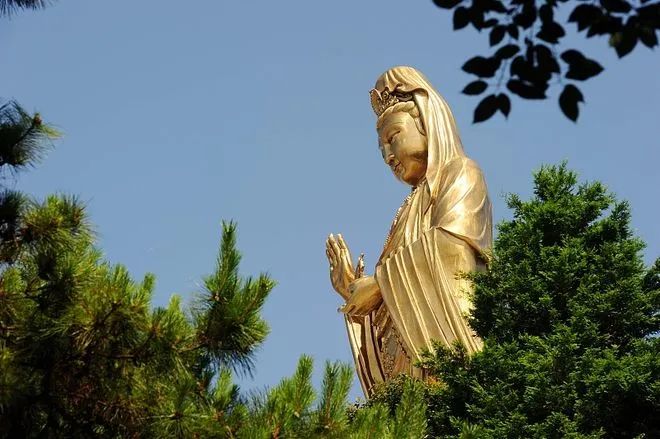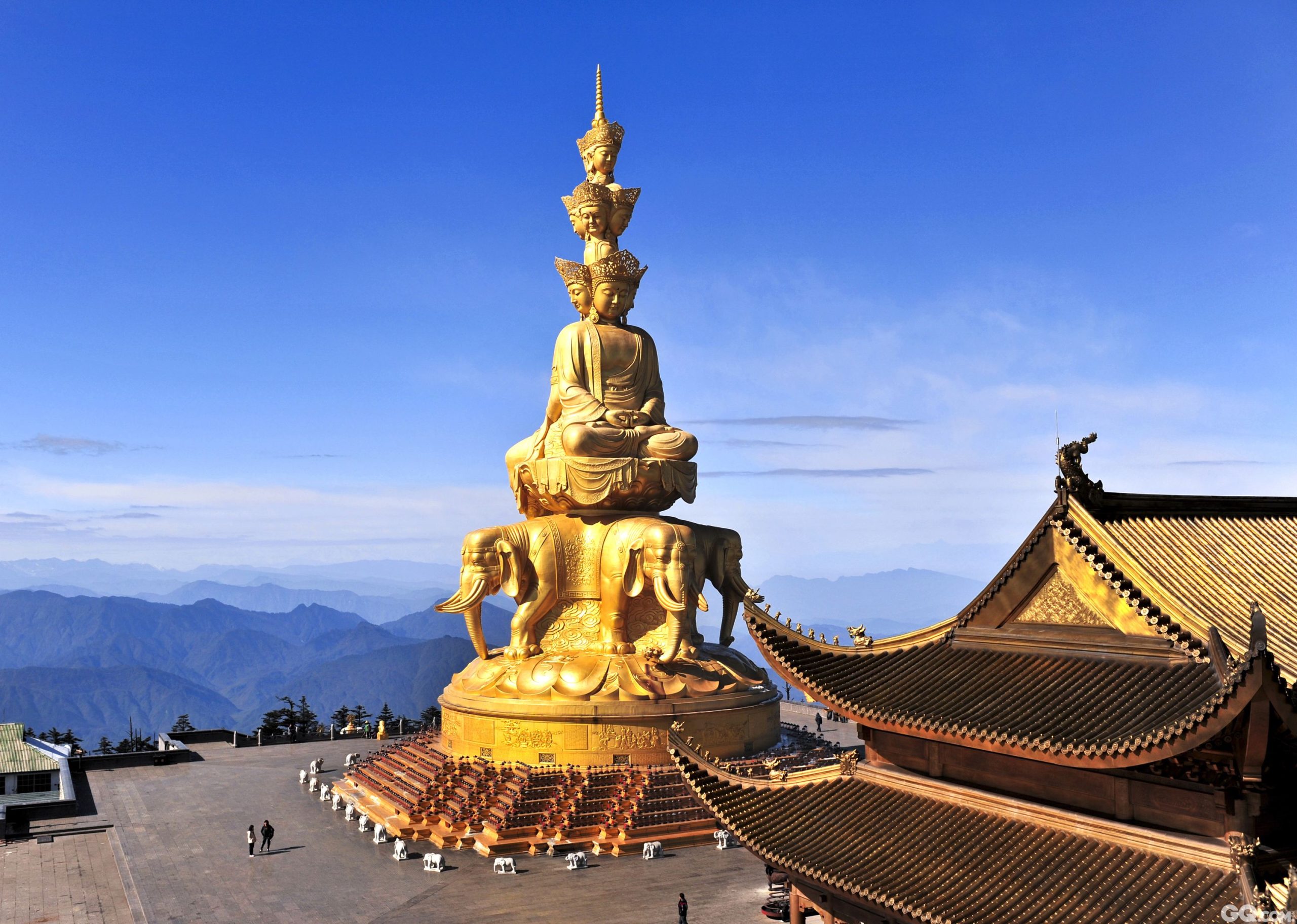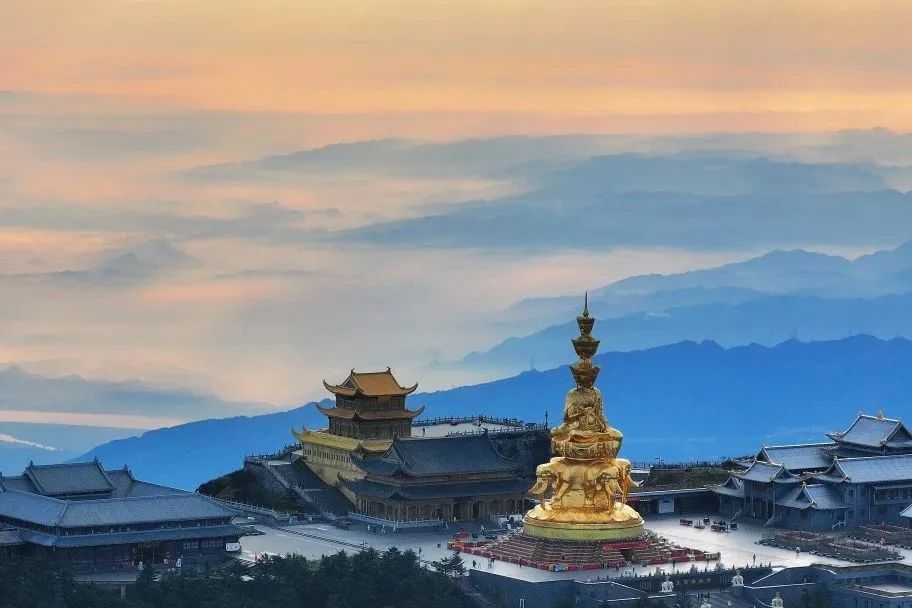Finding Stillness A Spiritual Journey Through China’s Four Sacred Buddhist Mountains
In our hyper-connected world, many travelers are seeking deeper connections beyond typical tourism. The Sacred Buddhist Mountains China offer a profound path to inner peace, combining breathtaking natural scenery with centuries of spiritual tradition. China’s four sacred Buddhist mountains give a way to find this inner peace. They mix stunning natural beauty with hundreds of years of spiritual practice.
For those feeling overwhelmed by modern life’s constant demands, these mountains provide sanctuaries where time slows down and the noise fades away. This isn’t just tourism—it’s an opportunity to experience living traditions that have offered solace and insight for over a thousand years.
Putuo Shan: Meditation by the Sea

Among the Sacred Buddhist Mountains China, Putuo Shan stands unique as the only island mountain. Morning meditation here feels special. The first light touches the East China Sea. Practitioners gather on quiet beaches or in seaside temples. They greet the day with slow, mindful breathing.
The rhythm here depends on the tides. Not the clock. Between meditation sessions, you can walk forest paths. These paths connect old temples. Each temple has its own style and history. Don’t miss the chance to join the temple’s vegetarian meal program. Even eating becomes a mindfulness practice. The island’s fresh seafood is replaced by creative Buddhist food. This food nourishes both your body and spirit.
What makes Putuo Shan special for Western visitors is how easy it is to visit. Well-kept paths make exploring simple. Many temples offer basic meditation classes. They teach in both Chinese and English.
Wutai Shan: Living with the Masters
As the highest of the four sacred mountains, Wutai Shan’s crisp air and majestic peaks have attracted spiritual seekers since the 1st century AD. Here, the day begins before sunrise with the morning chanting ceremony. The deep resonance of monks’ voices, the scent of sandalwood incense, and the flickering candlelight create an atmosphere that transports you to another time.
Few tourists get to stay inside temple grounds. They don’t get to join daily routines. We arrange for small groups to do this. You’ll wake up to the 4 AM bell. You can watch (and sometimes join) morning ceremonies. You’ll share simple vegetarian meals with the monks.
Many visitors say the best part is talking to resident masters. We provide interpreters. One master said during a recent visit: “Westerners often come looking for answers to big questions. But the mountain doesn’t give answers. It helps you quiet your mind. Then you can hear the questions clearly.”
Emei Shan: The Path of Mindful Movement

Emei Shan offers a different approach to spiritual travel among the Sacred Buddhist Mountains China. The mountain’s famous hiking trails become moving meditation paths. You walk up through cloud forests. You pass hidden temples and unexpected waterfalls.
Along the way, you’ll encounter Tibetan Buddhist sites alongside Han Chinese temples, representing the mountain’s unique spiritual diversity. The hiking itself becomes part of the practice, with our guides teaching walking meditation techniques that help you stay present with each step.
The mountain is also known for traditional vegetarian food. It uses wild herbs and local ingredients. We include a special vegetarian cooking class. You’ll learn to make Emei Shan’s famous dishes. You’ll also understand the Buddhist ideas behind mindful eating.
Jiuhua Shan: In the Footsteps of Pilgrims
Jiuhua Shan completes the four sacred mountains. It’s known for its unique temple buildings. These buildings fit perfectly with the natural landscape. Unlike the other mountains, Jiuhua maintains a particularly strong connection to its pilgrimage tradition. Walking the ancient stone paths, you’re following in the footsteps of generations of devotees.
Evening ceremonies here are very powerful. Hundreds of lanterns light up temple yards. The mountains get dark around them. This experience touches all your senses. It leaves a lasting memory even after you go down the mountain.
Practical Guide to China’s Sacred Buddhist Mountains

Best Time to Visit: Spring (April-May) and autumn (September-October) offer the most comfortable weather for mountain travel. Summer brings crowds during holiday periods, while winter, though cold, offers a special solitude for those seeking quiet contemplation.
What to Bring: Comfortable walking shoes. Layers of clothes (mountain weather changes). A journal to write down thoughts. An open mind. Most temples have meditation cushions. But serious practitioners might want to bring their own.
Cultural Etiquette:
• Dress modestly (cover your shoulders and knees)
• Take off shoes before entering temple halls
• Usually, you can’t take photos during ceremonies
• If you join activities, a small donation to the temple is nice
Sample 10-Day Journey:
• Days 1-3: Putuo Shan (seaside meditation and temple exploration)
• Days 4-6: Wutai Shan (experience monastic life and visit high-altitude temples)
• Days 7-10: Emei Shan (mindful hiking and vegetarian food)
Why This Journey Matters Now
Our world is super connected. The value of disconnecting has never been higher. One recent traveler from San Francisco said: “I came to China expecting to see beautiful scenery and old temples. I didn’t expect to find parts of myself. I’d been too busy to notice they were missing.”
These mountains offer more than photos and souvenirs. They offer perspective. The practices you’ll try—like mindful walking and conscious eating—are tools. You can take them home. They’ll bring calm to your life long after your journey ends.
Ready to begin your journey to China’s Sacred Buddhist Mountains? Contact our spiritual travel specialists. They’ll design a personalized plan for you. It balances guided experiences and time for your own exploration. It will help you find the stillness inside yourself.
Leave a Reply